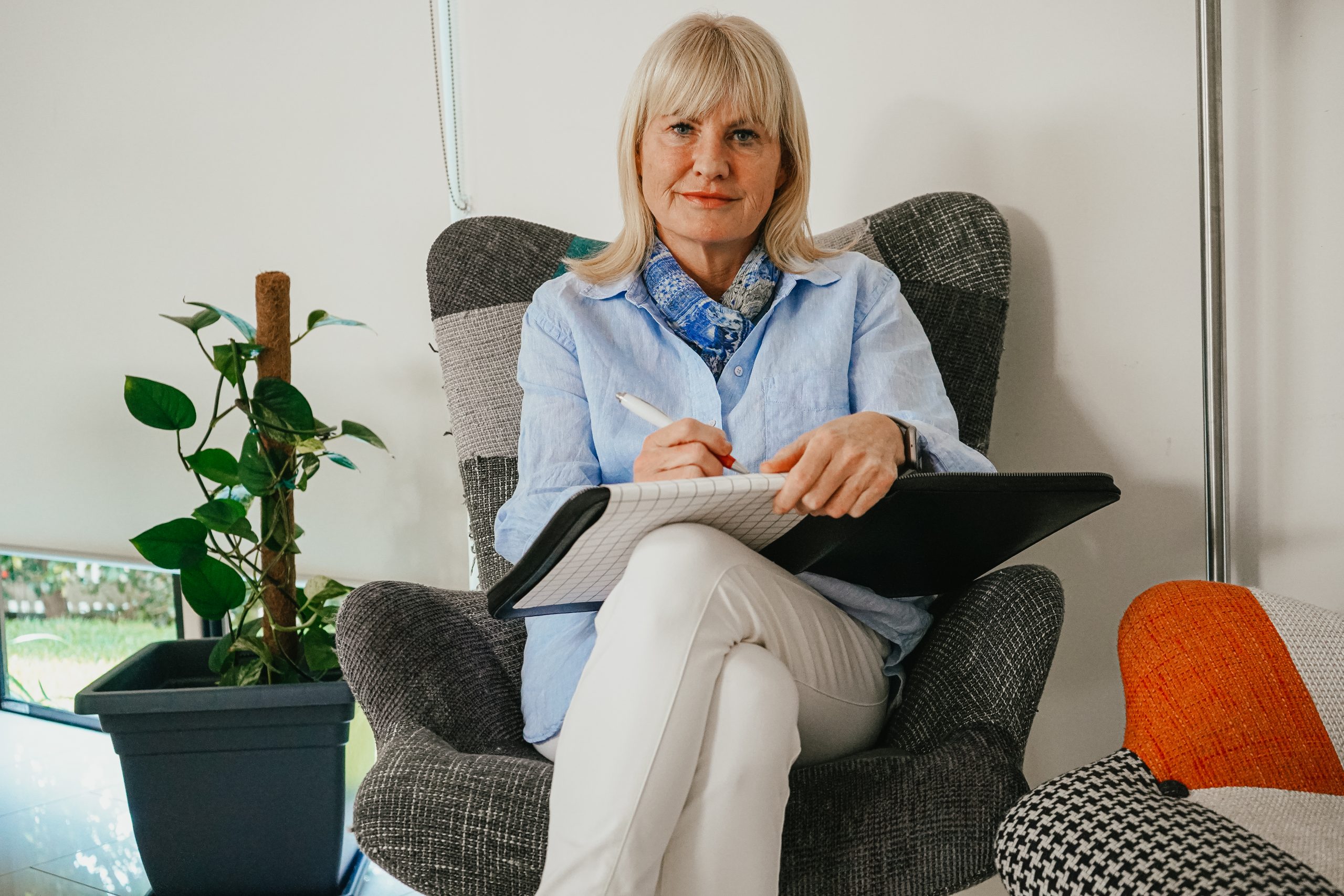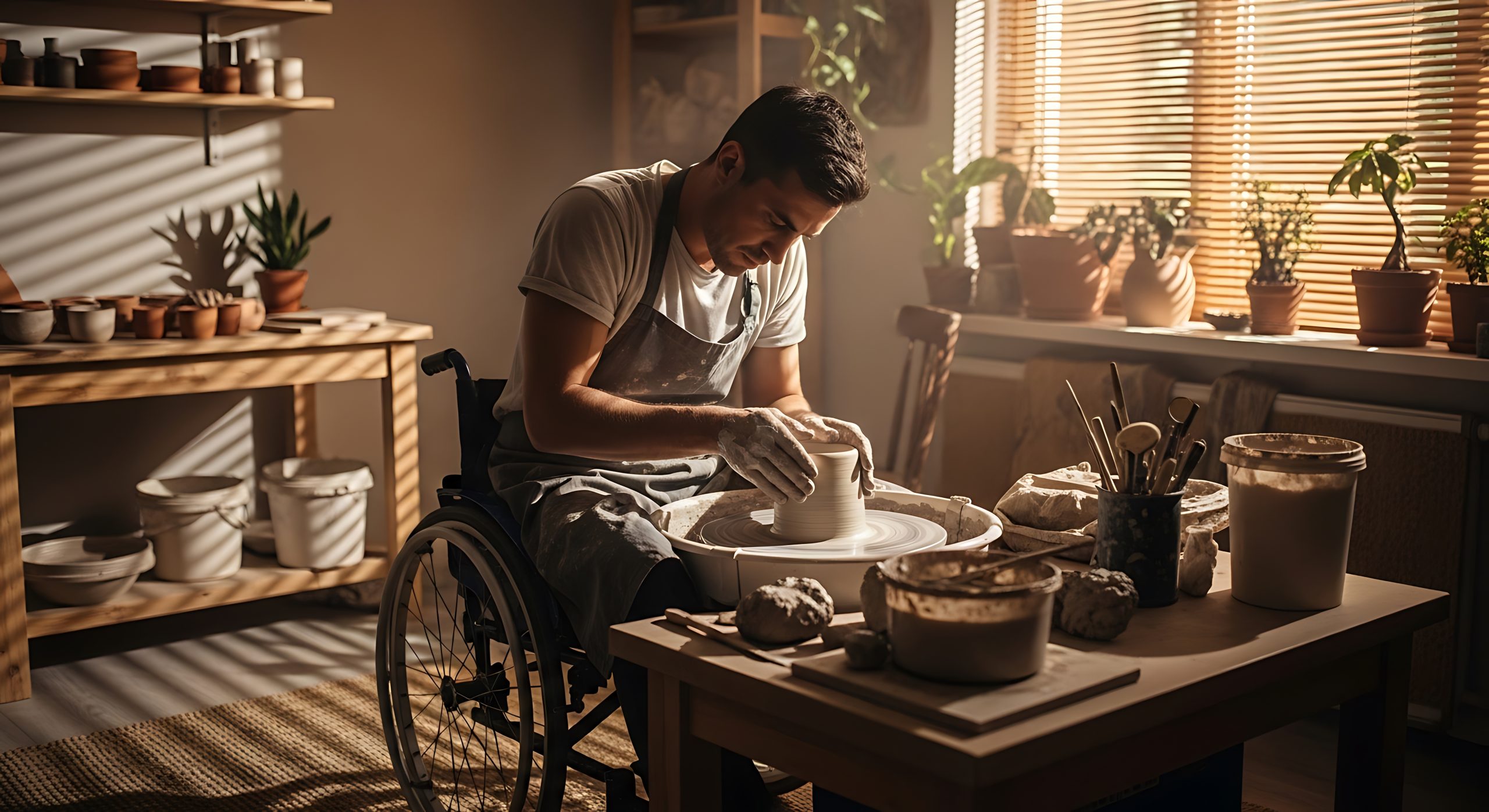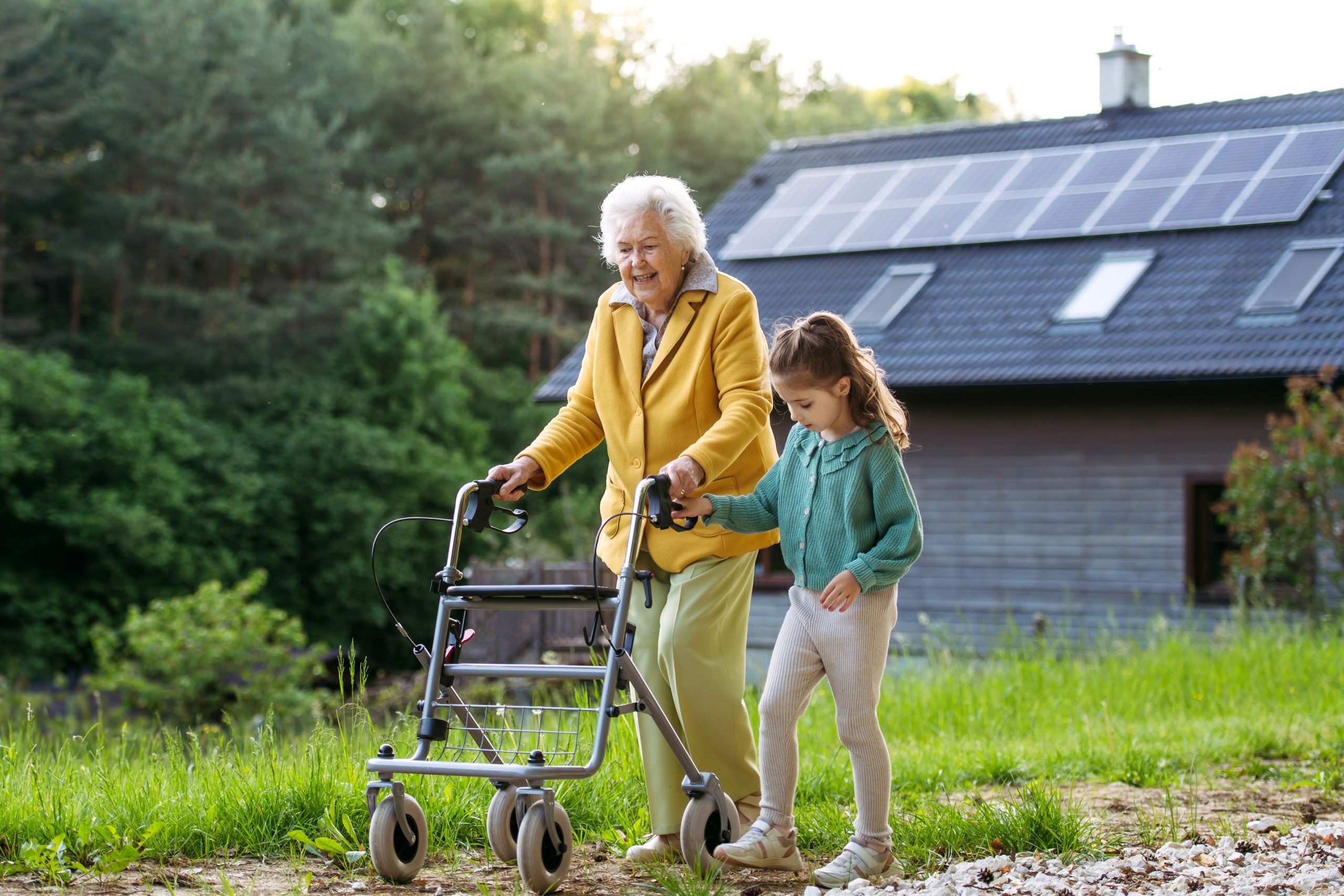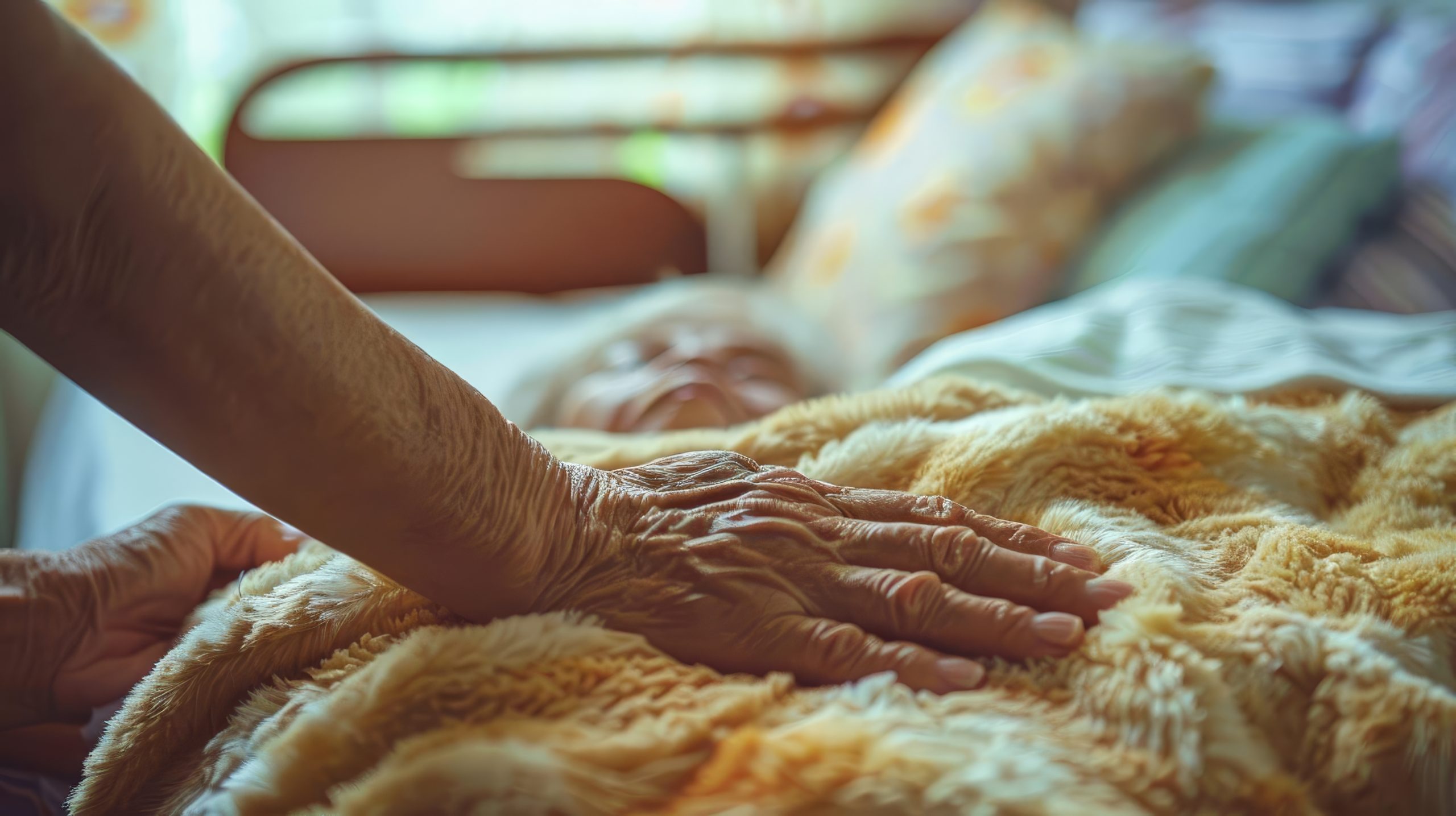What is a hazard? A hazard is something with the potential to cause harm. This can include chemical substances, plant, work process and/or other aspects of the work environment. What is a risk? A risk is the likelihood of illness, injury or even death occurring following exposure to a hazard. Identifying hazards and the risk of them occurring is essential to prevent or reduce injury and illness in the workplace. Hazards can arise due to the use of equipment and substances, poor work design and inappropriate practices and procedures.
Identify hazards Hazards should be identified when: Ø Identification has not previously been undertaken; Ø Undertaking a new job or task; Ø Changing a job or task; Ø Introducing new equipment or substances to the workplace; Ø Reviewing a procedure when problems have been identified (for example, after an incident or noted changes in a client’s mental capacity ); Ø Planning ongoing tasks as part of continuous improvement. Worker responsibilities All workers must: Ø Take reasonable care to protect their own health and safety Ø Not adversely affect the health and safety of others including clients and other workers Ø Use the equipment provided by the employer to protect their health and safety Ø Follow reasonable instructions on health and safety. Emergency planning It is essential that you have a plan in place for addressing foreseeable emergencies. This will include the client homes and community venues visited. You will need to consider issues such as: Ø Fires (including bushfires, if relevant) Ø Security breaches Ø Medical emergencies Ø Motor vehicle accidents Ø Electrical shocks. Factors to be considered include:
Ø Prevention of fires e.g. report obvious electrical faults or inappropriately positioned heaters in client homes Ø Checking that workers and clients can safely exit from the office, home or venue e.g. is the exit from the home blocked by security doors or roller shutters? Ø Checking that a fire detection system is in place e.g. smoke alarms (but consider that workers should not depend on them to work as they may be faulty) and ensure workers report obvious electrical faults Ø Access to first aid and other emergency equipment e.g. in vehicles Ø Who to report to and how to seek help in the event of an emergency. • reporting and recording after the event (particularly for after-hours emergencies) Ø Having procedures in place to address emergencies where there is no mobile phone coverage (e.g. using the client’s phone). If using a mobile phone dial 000 or 112. This will obtain emergency services even if there is no SIM card in the phone or may get help if there is no service via your carrier. Safe working tips Safe working tips for workers include: Ø Ensure that you read carefully pre-visit assessment details and relevant information Ø Check that you have the correct location details for the client, a street directory and a first aid kit in your vehicle Ø Ensure you have any appropriate safety equipment with you including gloves, mask, antiseptic gels, torch and batteries (if lighting is poor or after dark) Ø Ensure your whereabouts are always communicated to HomeCare Australia especially if there has been any changes made to time and place for appointments Ø Utilise any previous knowledge you, or other workers, have about the client, relatives, carers, visitors, neighbours etc. Ø Dress appropriately e.g. Dress neat in casual attire, no visible body art or body piercings (other than stud earrings ) Ø Listen for conflict prior to entry Ø Respect that you are entering another person’s environment Ø Stand back and to the side of the door after knocking Ø Keep mobile phone and keys on your person e.g. on a key ring on your belt Ø Know where the exit doors are and keep them clear and unlocked Ø Park vehicle in a safe, well-lit area with easy access(not in the driveway) Ø Be aware of how your interpersonal skills may affect the situation. Be aware of your own limitations e.g. response to conflict, values, commitment to safety vs risk taking etc. Ø Have a good understanding of emergency procedures (including vehicle break downs, long traffic delays in extreme heat, road rage etc.) Ø Ensure that your car is regularly services and kept clean and tidy when transporting clients making sure that there are no small objects or choking hazards and that child safety locks are in place especially when transporting children or clients with intellectual disabilities Ø Be willing to participate in post-incident debriefing/counselling/worker assistance programmes Ø Always advise office of delays or changes to expected time of arrival and ask clients to restrain pets during service if necessary Ø NEVER complete a service if client is not at home (For example if they have been admitted to hospital or just taken their dog for a walk). If they leave their home for any reason after service has commenced please advise client that you are not permitted to stay even if there is another member of the family present. Always Call the office to confirm Ø Never assume the environment is 100% safe or the client 100% safe. Always be prepared for the unexpected Dealing with aggressive behaviour: Ø Maintain a distance of safety and/or place a barrier between you and the client Ø If two workers are present, one worker should do the talking while the other worker observes Ø Read body language to predict aggressive behaviour e.g. red face, clenched jaw or fists, sweating, exaggerated gestures, rapid breathing, crossed arms and legs, previous behaviour Ø Stay calm and calm the aggressor – speak slowly, clearly and quietly Ø While self-defence training is usually not necessary, simple actions to de-escalate aggressive behaviour can be appropriate e.g. keep hands down (below shoulder level), lower your voice (don’t try and reason with the person), slowly back away listen carefully and nod in agreement, rephrase Ø Be confident – stay on the same eye level Ø Keep silent and patient Ø Explore what the real issues are As an additional step to ensure security, HomeCare Australia will only provide clients with the worker’s first name. Workers are encouraged not to ring clients from their own phones and to apply for a silent number or to block the numbers showing on caller ID on the client’s phone. This can be done by dialling 1831 before the number from a landline or #31# if using their mobile phone.








